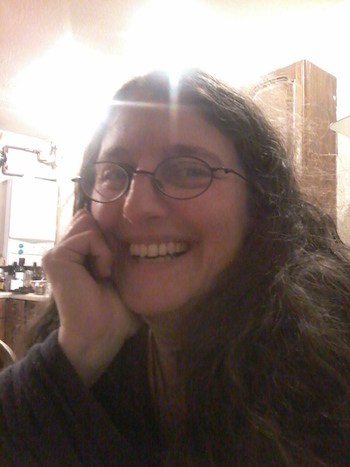
In the study of acupuncture we learn about the Five Phases, the Six Conformations, all kinds of relationships involving three, and the pattern differentiation of illness. You could say we learn about the “user interface” of Chinese medicine, but we don’t much study the underlying mechanics. Much in the same way we use powerful computers without knowing a line of code.
In this conversation we touch a bit on the underlying code we are tinkering with when we work in clinic.
It’s not often that a mathematician turns to acupuncture, but when she does, you can be assured she will be looking for First Principles to explain all those aphorisms and empirical observations we all learn along the way.

Deborah Woolf
I am crazy keen acupuncturist and super enthusiastic lecturer, who, by chance, have discovered and loved the cosmology and numerology inherent in Chinese Philosophy and Medicine.
I was lucky to start studying (10 years after I know I wanted to be an acuouncturist) at the UK college that teaches the most philosophy and theory, based on Five Phases, wuxing 五行, and Stems and Branches, wuyun liuqi 五運六氣. My course was a 5 year long extravaganza, and I came out the other side, exhausted, changed and driven. Since then (20 years ago) I have not stopped treating, teaching and studying: these three activities interact fruitfully with each other, allowing me to deepen my understanding and practice of this amazing approach to health, the body and the cosmos.
As I am the daughter of academics I took waht I was taught and read around the subjects, so that I was able to immerse myself more fully in ancient Chinese culture. I have followed Elisabeth Rochat de la Vallee for 25 years, and have studied classical Chinese for at least 15 years. I may not be able to ask for soup, but I can make a stab at translating very obscure classical Chinese texts! This immersion and reading and teaching has allowed me to apply my ‘apprentice’ style learning to my practice. I thoroughly appreciate and love what I do and am grateful daily for the opportunity to learn more and more and so be able to help my patients even more!
Image of the duo-grams that Deborah talks about in this conversation